Home>Furniture & Design>Bathroom Accessories>Bathroom Exhaust Fan Leaking Water When It Rains
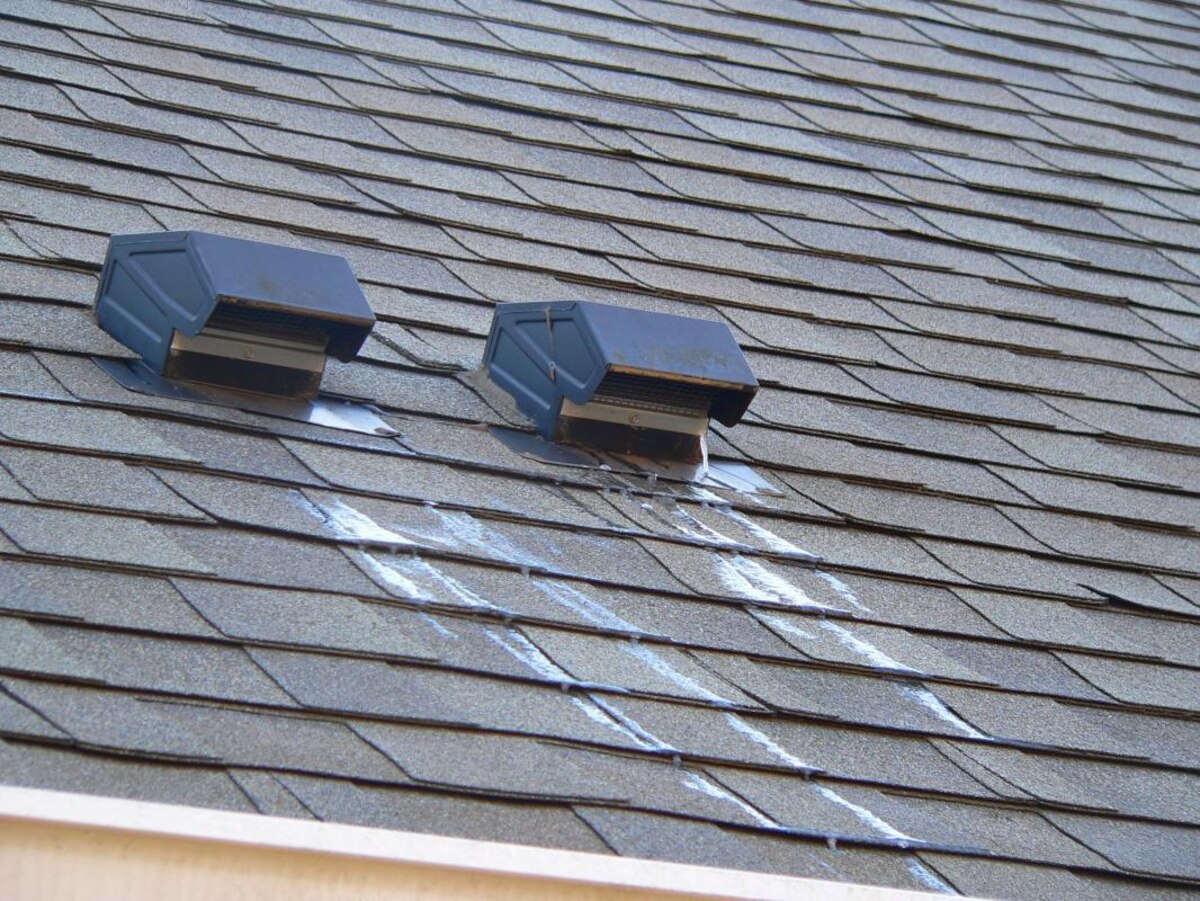

Bathroom Accessories
Bathroom Exhaust Fan Leaking Water When It Rains
Modified: February 20, 2024
Prevent water leaks from your bathroom exhaust fan during rainy days with our top-quality bathroom accessories. Find effective solutions now!
(Many of the links in this article redirect to a specific reviewed product. Your purchase of these products through affiliate links helps to generate commission for Storables.com, at no extra cost. Learn more)
Common Causes of Bathroom Exhaust Fan Leaking Water
Bathroom exhaust fans are essential for maintaining proper ventilation and preventing moisture buildup in your bathroom. However, if you notice water leaking from your bathroom exhaust fan, it's crucial to address the issue promptly to prevent potential water damage and mold growth. Several common causes can lead to a bathroom exhaust fan leaking water, including:
-
Roof Leaks: One of the primary culprits behind a leaking bathroom exhaust fan is a roof leak. If your exhaust fan is vented through the roof, any damage or deterioration in the roof's structure, such as cracked shingles or compromised flashing, can allow rainwater to seep into the fan housing.
-
Improper Installation: In some cases, improper installation of the exhaust fan can lead to water leakage. If the fan wasn't installed with the appropriate slope or if the ductwork is not properly connected, it can result in water accumulation and subsequent leaks during rainfall.
-
Condensation Buildup: When warm, moist air from the bathroom comes into contact with the cold surface of the exhaust fan duct or housing, condensation can form. Over time, this condensation can accumulate and drip back into the fan, causing leaks.
-
Clogged Vent Duct: A clogged or obstructed vent duct can impede the proper flow of air and moisture, leading to condensation and water buildup within the exhaust fan. Debris, such as dust, lint, or even bird nests, can block the vent, causing water to back up and leak into the fan.
-
Cracked Fan Housing: Over time, the fan housing can develop cracks or gaps, especially if it's made of plastic. These openings can allow water to infiltrate the fan unit during heavy rain or when snow melts on the roof.
Understanding these common causes of bathroom exhaust fan leaks is the first step toward addressing the issue effectively. By identifying the source of the leak, you can take the necessary steps to rectify the problem and prevent further water damage in your bathroom.
Key Takeaways:
- Don’t ignore bathroom exhaust fan leaks! They can be caused by roof leaks, improper installation, condensation buildup, clogged vent ducts, or cracked fan housings. Addressing these issues promptly can prevent water damage and mold growth.
- To prevent bathroom exhaust fan leaks, regularly inspect and maintain the fan, ensure proper installation and ventilation, seal vulnerable areas, maintain the roof, encourage enhanced ventilation practices, and control condensation. Proactive measures can safeguard your bathroom from potential water damage.
Read more: Chimney Leaking Water When It Rains
How to Identify the Source of the Leak
Identifying the source of a bathroom exhaust fan leak is crucial for implementing targeted solutions. Here's how you can pinpoint the origin of the leak:
-
Visual Inspection: Begin by visually examining the area around the exhaust fan. Look for any signs of water stains, discoloration, or mold growth on the ceiling or walls near the fan. These indicators can help you trace the path of the water and narrow down the potential sources of the leak.
-
Examine the Roof: If your bathroom exhaust fan is vented through the roof, inspect the roof for any visible damage, such as missing or damaged shingles, deteriorated flashing, or cracked roof vents. These issues can allow rainwater to infiltrate the fan housing, leading to leaks.
-
Check the Ductwork: Inspect the ductwork connected to the exhaust fan for any signs of condensation, moisture, or water droplets. Additionally, ensure that the ductwork is securely connected to the fan and that there are no gaps or disconnections that could allow water to enter the system.
-
Ventilation Assessment: Evaluate the ventilation in your bathroom to determine if the exhaust fan is effectively removing moisture and steam. Inadequate ventilation can lead to condensation buildup, which may contribute to the leak. Consider running the fan during a shower and observing its performance.
-
Interior Fan Inspection: Open the fan housing and inspect the interior components for any signs of water accumulation, corrosion, or damage. Check for cracks or gaps in the housing that could permit water entry. Additionally, examine the fan blades and motor for any indications of water damage.
-
Moisture Detection: Utilize a moisture meter to detect elevated moisture levels in the vicinity of the exhaust fan. This can help identify areas where water may be seeping in, providing valuable insight into the extent of the leak and its potential sources.
By systematically assessing these key areas, you can effectively identify the source of the bathroom exhaust fan leak. This targeted approach enables you to address the specific underlying issues, facilitating the implementation of precise solutions to resolve the leak and prevent future water damage.
Check the exhaust fan vent cover for any cracks or gaps that may be allowing water to seep in. Replace the cover if damaged and ensure it is properly sealed to prevent water leaks.
Steps to Fix a Leaking Bathroom Exhaust Fan
Addressing a leaking bathroom exhaust fan requires a systematic approach to rectify the underlying issues and prevent further water damage. By following these essential steps, you can effectively resolve the leak and restore the proper functionality of your exhaust fan.
-
Inspect and Repair the Roof: If the source of the leak stems from roof-related issues, such as damaged shingles or compromised flashing, it's imperative to address these issues promptly. Engage a qualified roofing professional to assess and repair any roof damage that may be allowing water to infiltrate the exhaust fan. Properly sealing the area around the fan's vent on the roof can help prevent future leaks.
-
Clear Vent Duct Obstructions: Inspect the vent duct connected to the exhaust fan for any obstructions or blockages that may impede the flow of air and moisture. Remove any debris, such as dust, lint, or foreign objects, that could be obstructing the vent. Ensure that the duct is free from any impediments to facilitate proper ventilation and prevent condensation buildup.
-
Reposition or Replace the Fan: If the exhaust fan was improperly installed or lacks the appropriate slope for water drainage, consider repositioning the fan to ensure proper water runoff. Additionally, if the fan housing or components are damaged, consider replacing the fan unit with a new, properly installed model to prevent future leaks.
-
Seal Cracks and Gaps: Thoroughly inspect the fan housing for any cracks, gaps, or openings that may be allowing water to enter. Utilize waterproof sealant or caulk to effectively seal any identified openings and prevent water infiltration. Ensure that the sealant creates a watertight barrier to safeguard against future leaks.
-
Improve Ventilation: Enhance the ventilation in your bathroom to mitigate condensation buildup and moisture accumulation. Consider installing a larger or more powerful exhaust fan to improve moisture removal. Additionally, ensuring that the fan duct is insulated can help prevent condensation from forming within the ductwork.
-
Monitor and Test: After implementing the necessary repairs and modifications, monitor the exhaust fan during rainfall or while running a shower to ensure that the leaks have been effectively addressed. Verify that water no longer infiltrates the fan housing and that the fan operates efficiently to remove moisture from the bathroom.
By diligently following these steps, you can effectively fix a leaking bathroom exhaust fan and prevent future water-related issues. Prioritizing proper installation, regular maintenance, and prompt repairs can help safeguard your bathroom from the damaging effects of water leaks, ensuring a healthy and functional environment for years to come.
Preventing Future Leaks in Your Bathroom Exhaust Fan
Preventing future leaks in your bathroom exhaust fan is essential for maintaining a dry, mold-free environment and prolonging the longevity of your ventilation system. By implementing proactive measures and adhering to regular maintenance practices, you can mitigate the risk of water infiltration and safeguard your bathroom from potential damage. Here are key strategies to prevent future leaks in your bathroom exhaust fan:
-
Routine Inspection and Maintenance: Schedule regular inspections of your bathroom exhaust fan to check for any signs of wear, damage, or deterioration. Ensure that the fan housing, ductwork, and vent openings are free from debris and obstructions. Additionally, inspect the roof vent and surrounding areas for any potential vulnerabilities that may lead to leaks. By addressing minor issues promptly, you can prevent them from escalating into significant water-related problems.
-
Proper Installation and Ventilation: When installing a new bathroom exhaust fan or replacing an existing unit, prioritize proper installation techniques to ensure a secure and watertight fit. Verify that the fan is sloped appropriately to facilitate water runoff and that the vent duct is securely connected without any gaps or disconnections. Moreover, consider the size and capacity of the fan to ensure adequate ventilation for your bathroom's size and moisture levels.
-
Sealing Vulnerable Areas: Apply waterproof sealant or caulk around the exterior of the roof vent where the exhaust fan duct penetrates to create a robust barrier against water intrusion. Additionally, inspect the interior and exterior of the fan housing for any cracks, gaps, or openings, and seal them effectively to prevent water from seeping into the unit. Regularly maintaining these seals can help fortify the fan against potential leaks.
-
Proactive Roof Maintenance: Keep your roof in good condition by addressing any damaged or deteriorated roofing materials promptly. Regularly inspect the roof for missing or cracked shingles, compromised flashing, and damaged roof vents. By maintaining a sound roof structure, you can minimize the risk of water penetrating the exhaust fan during inclement weather.
-
Enhanced Ventilation Practices: Encourage proper ventilation in your bathroom by running the exhaust fan during and after showers to expel excess moisture effectively. Consider installing a timer switch to ensure that the fan operates for an adequate duration after showering, promoting thorough moisture removal and reducing the likelihood of condensation-related leaks.
-
Insulation and Condensation Control: Insulate the vent duct to prevent condensation from forming within the ductwork, reducing the potential for moisture buildup and subsequent leaks. Additionally, consider utilizing a dehumidifier in the bathroom to maintain optimal humidity levels, further minimizing the risk of condensation-related issues.
By proactively implementing these preventive measures, you can significantly reduce the likelihood of future leaks in your bathroom exhaust fan, preserving the integrity of your ventilation system and promoting a healthy, moisture-free environment in your bathroom. Regular vigilance and maintenance are key to ensuring the long-term effectiveness and reliability of your exhaust fan, ultimately contributing to a comfortable and sustainable living space.
Frequently Asked Questions about Bathroom Exhaust Fan Leaking Water When It Rains
Was this page helpful?
At Storables.com, we guarantee accurate and reliable information. Our content, validated by Expert Board Contributors, is crafted following stringent Editorial Policies. We're committed to providing you with well-researched, expert-backed insights for all your informational needs.
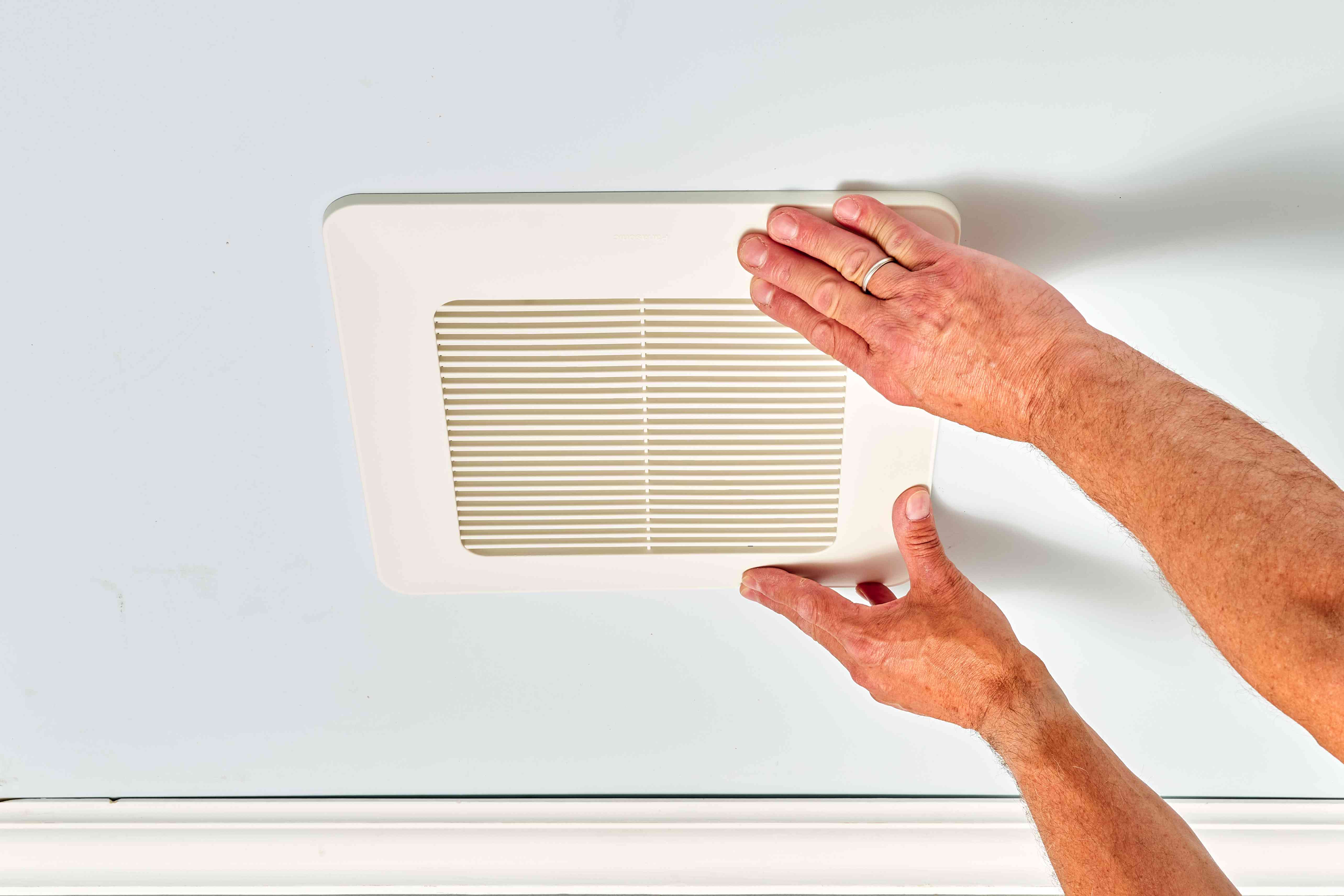
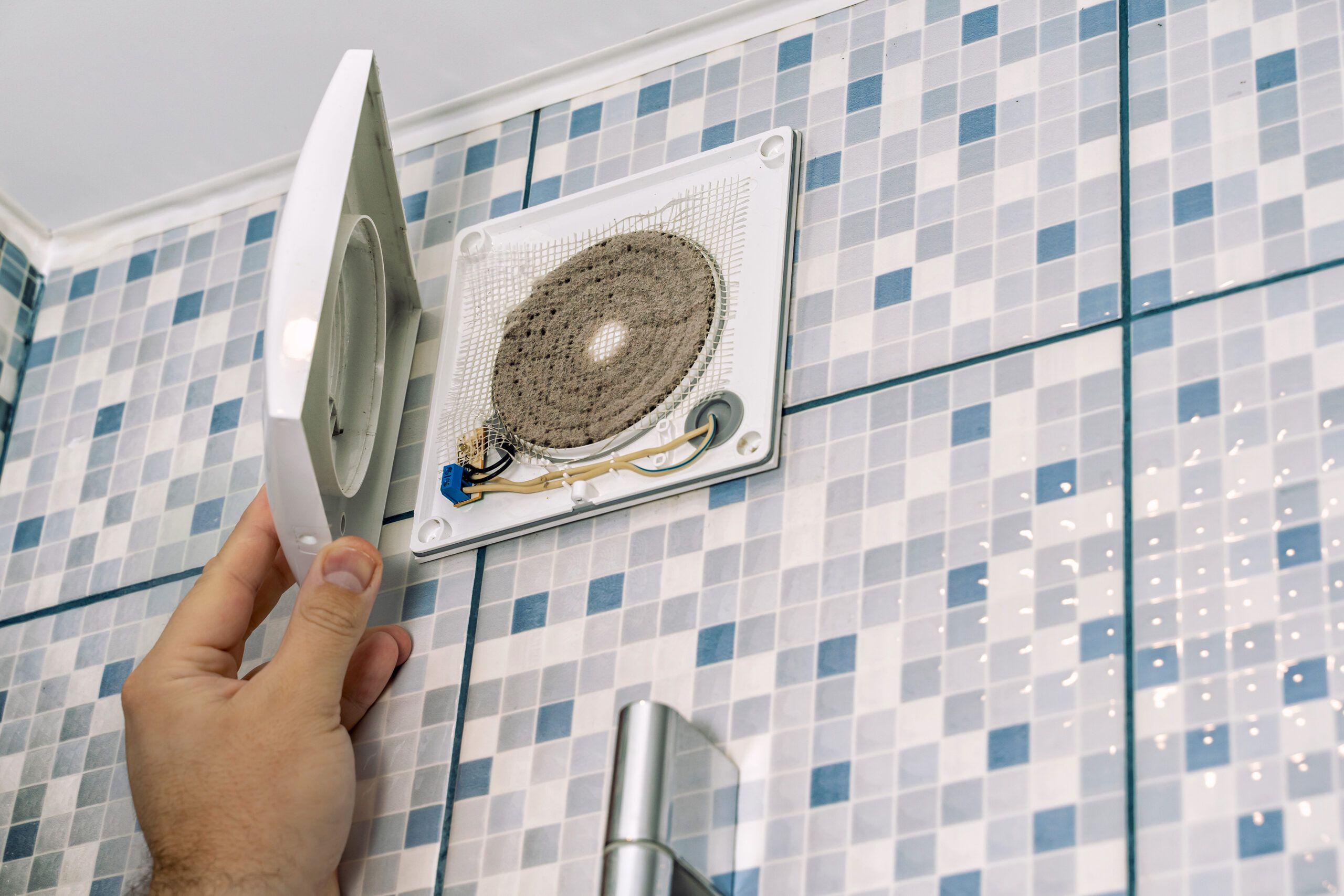
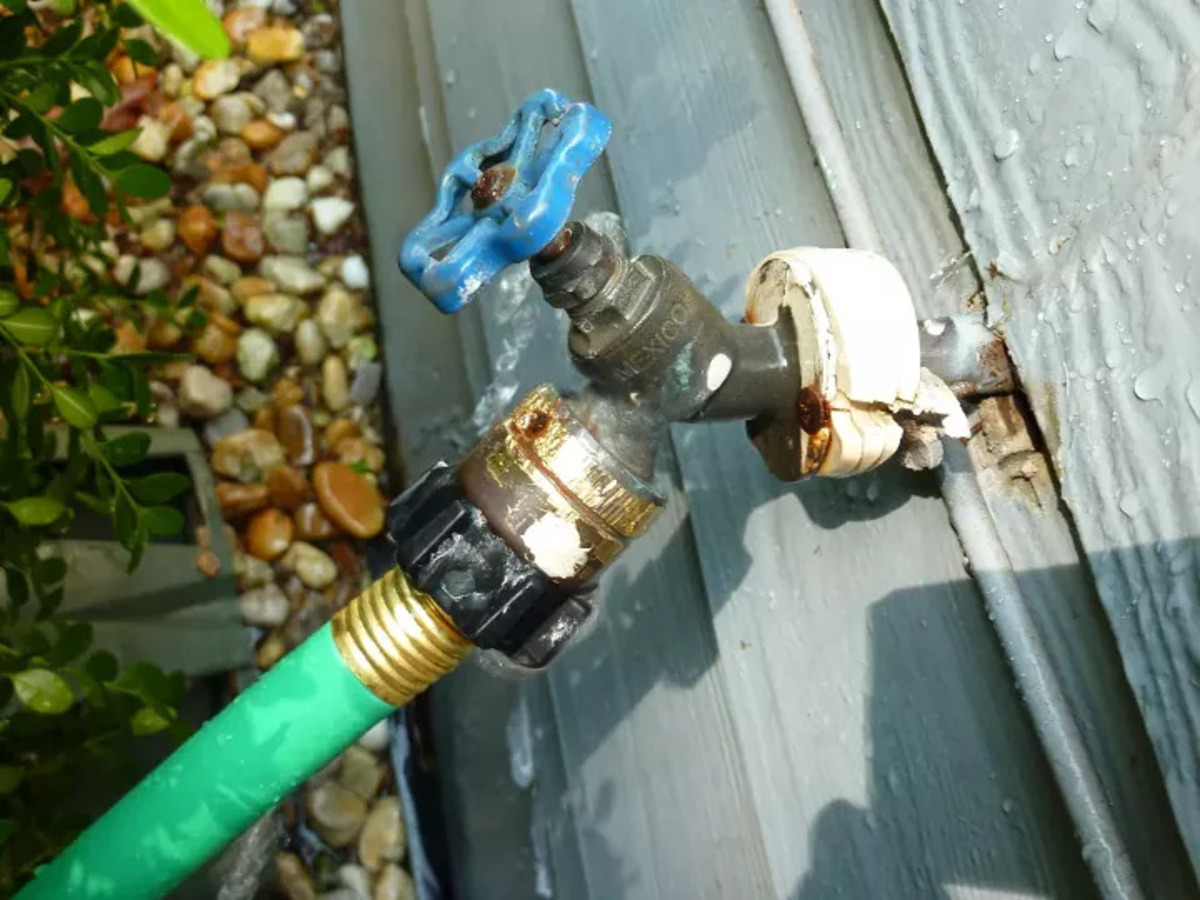
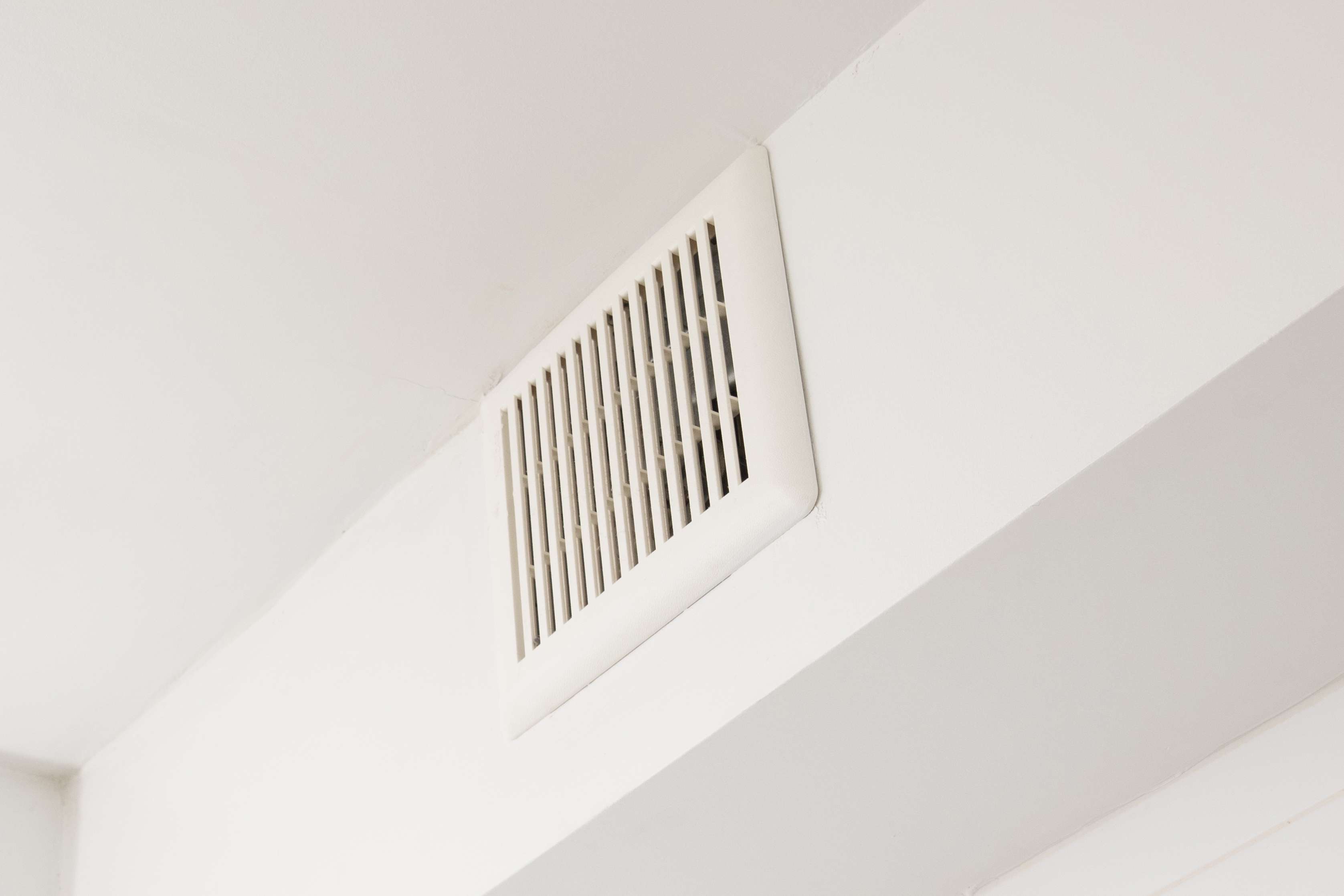
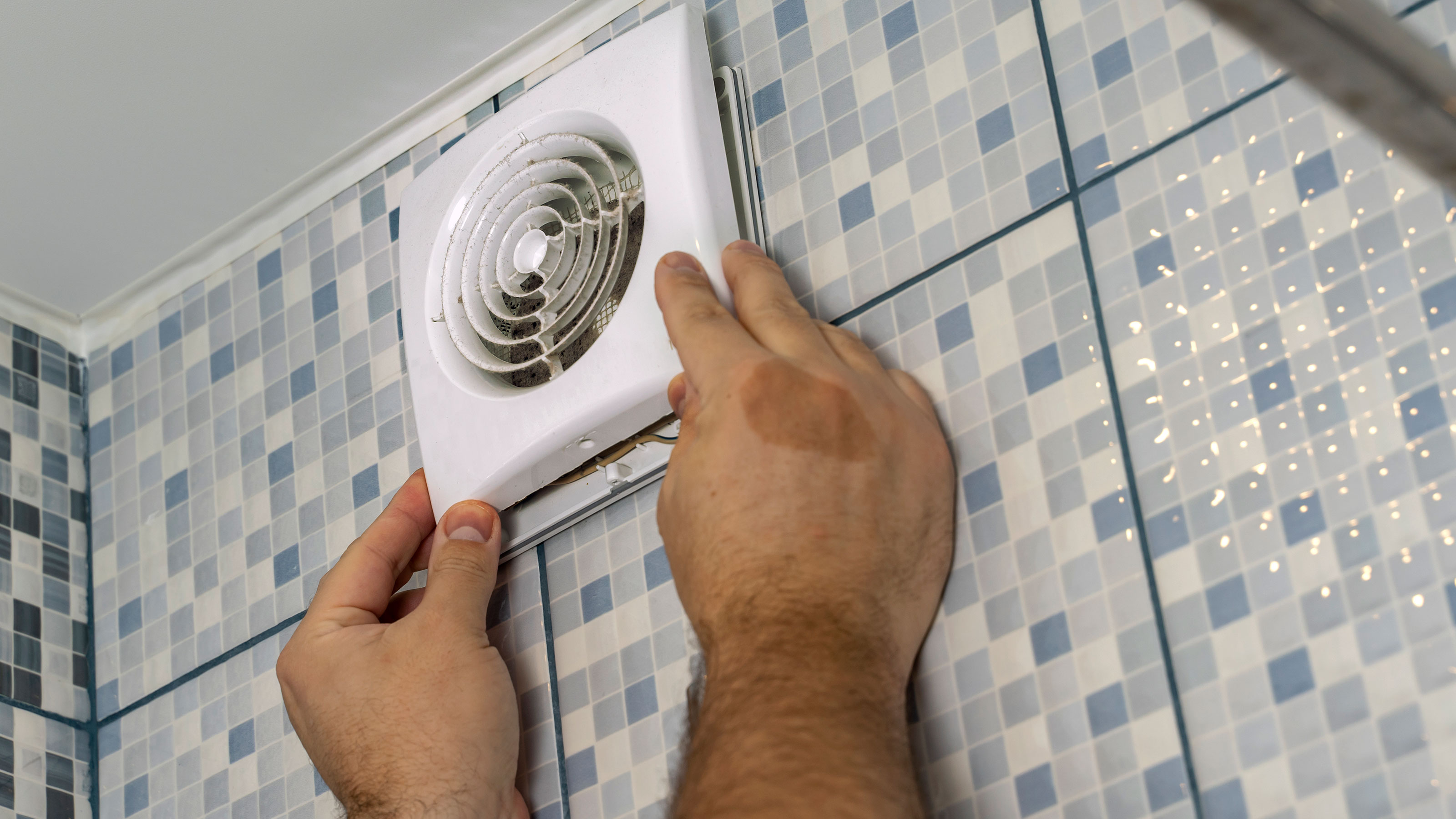
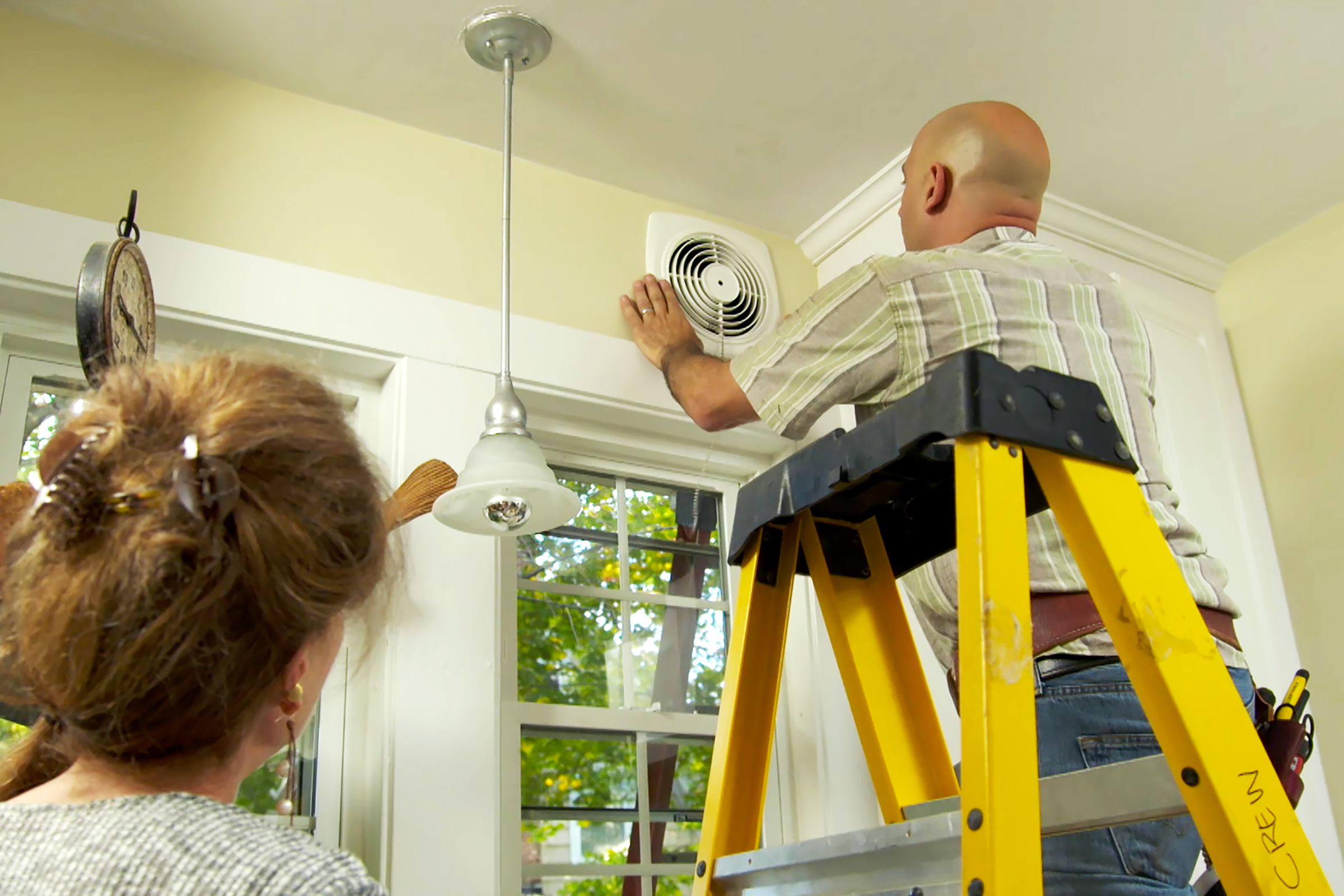
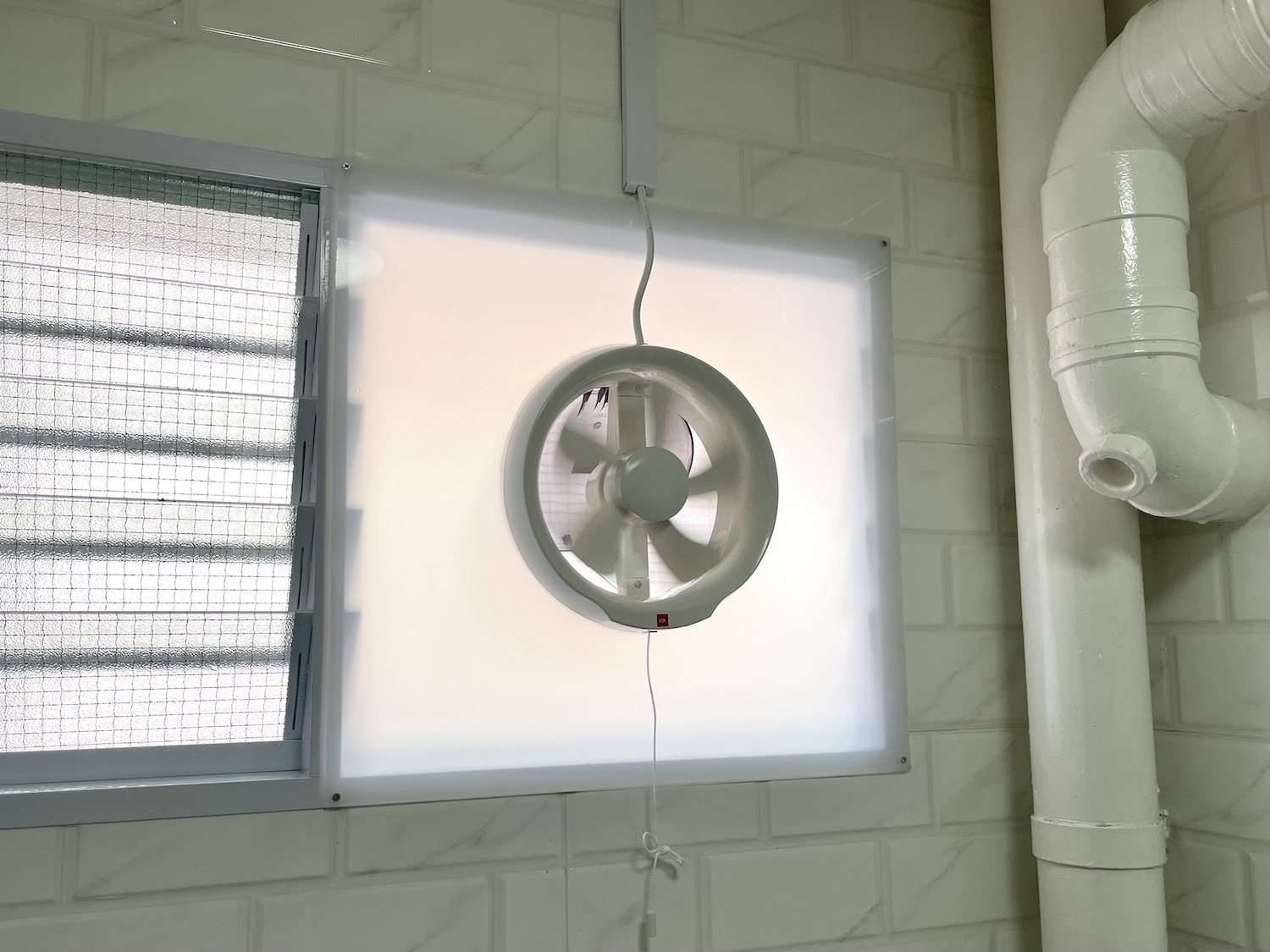
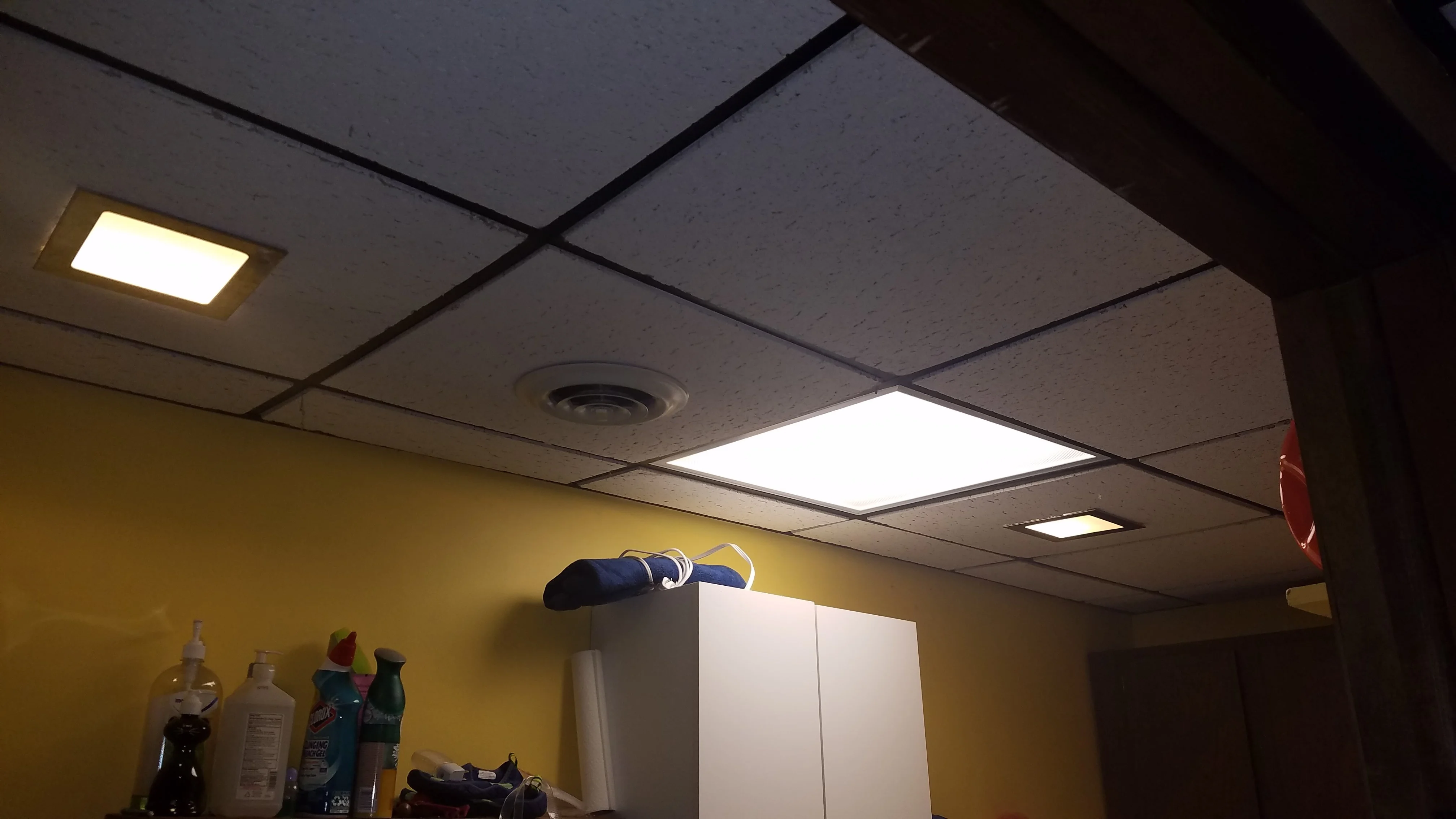
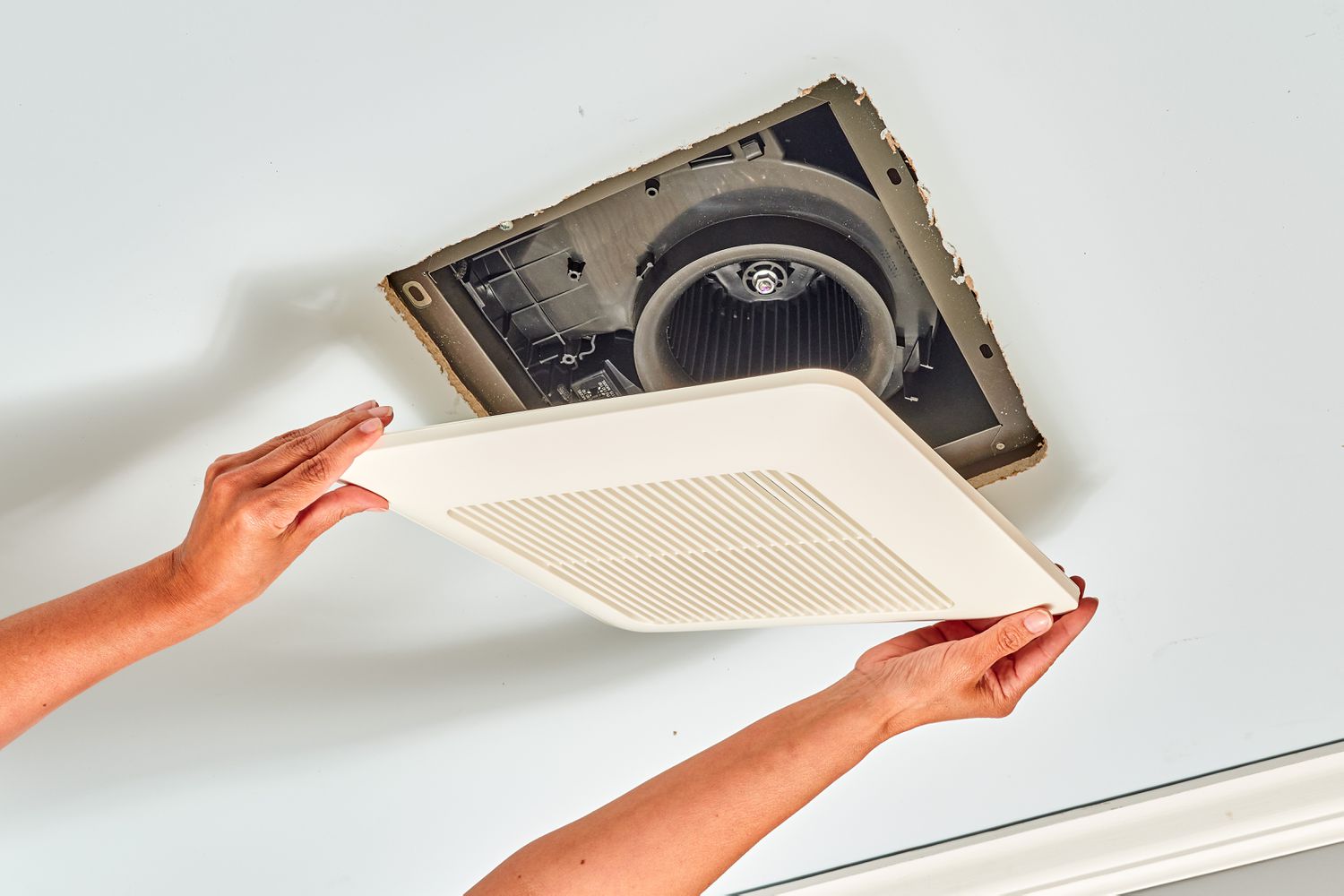
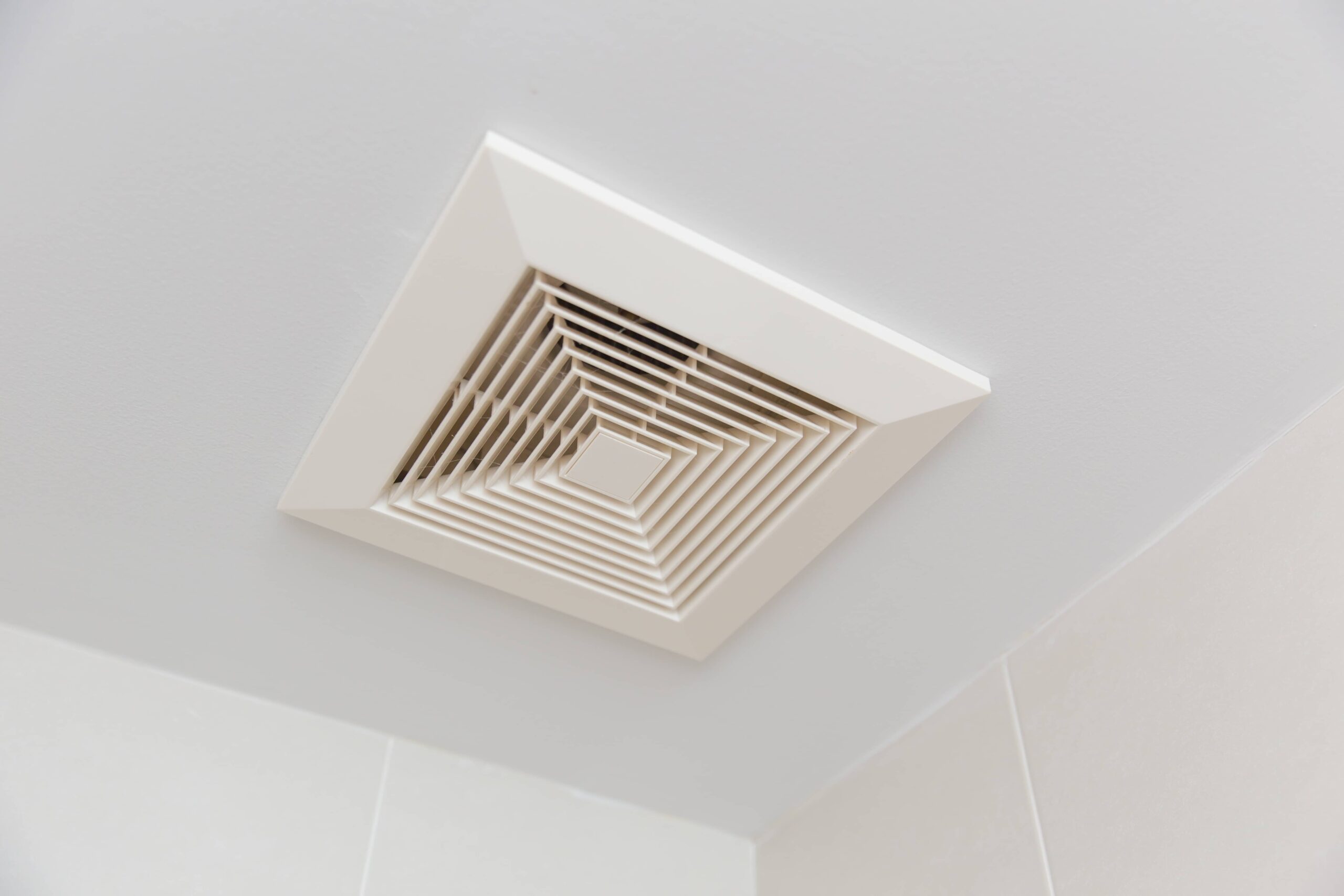
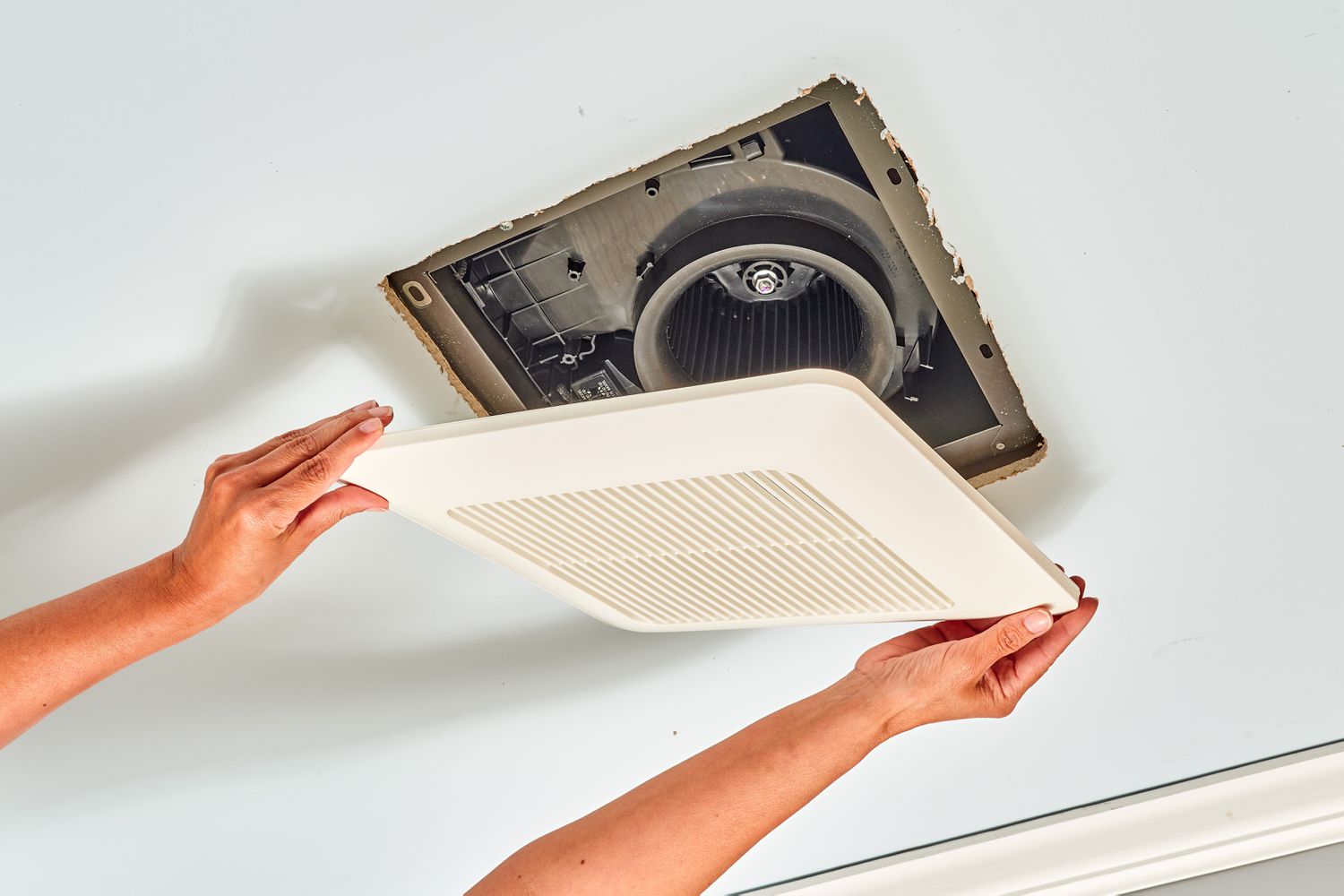
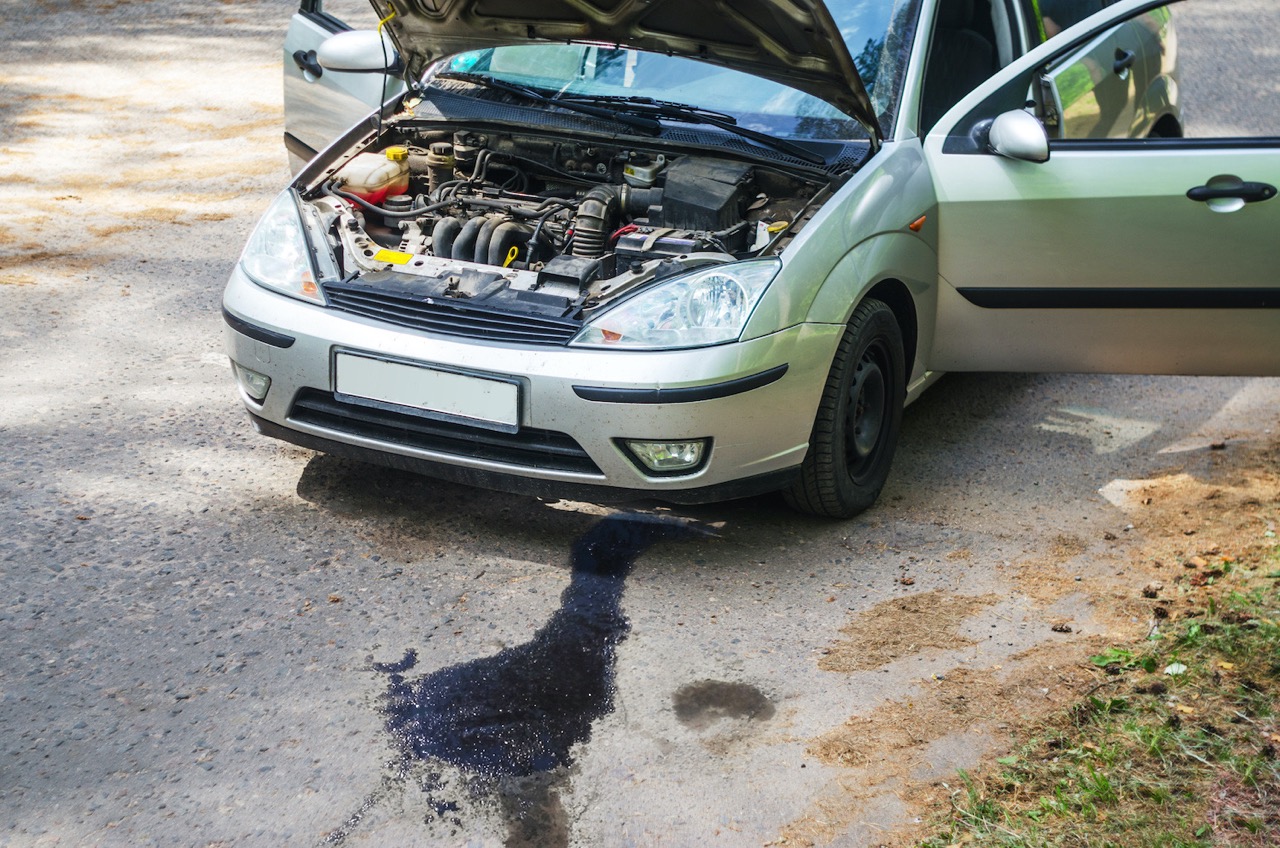
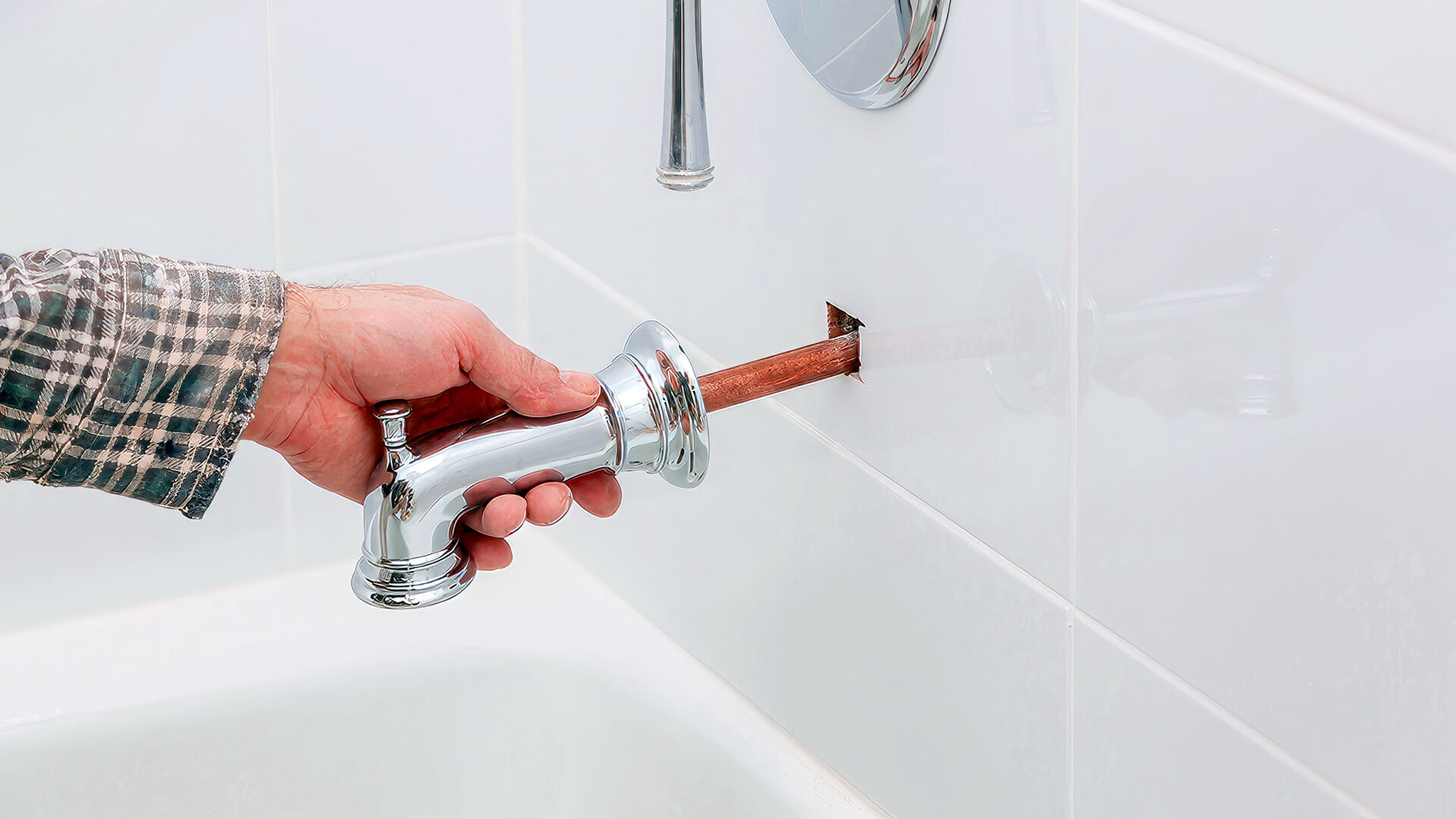
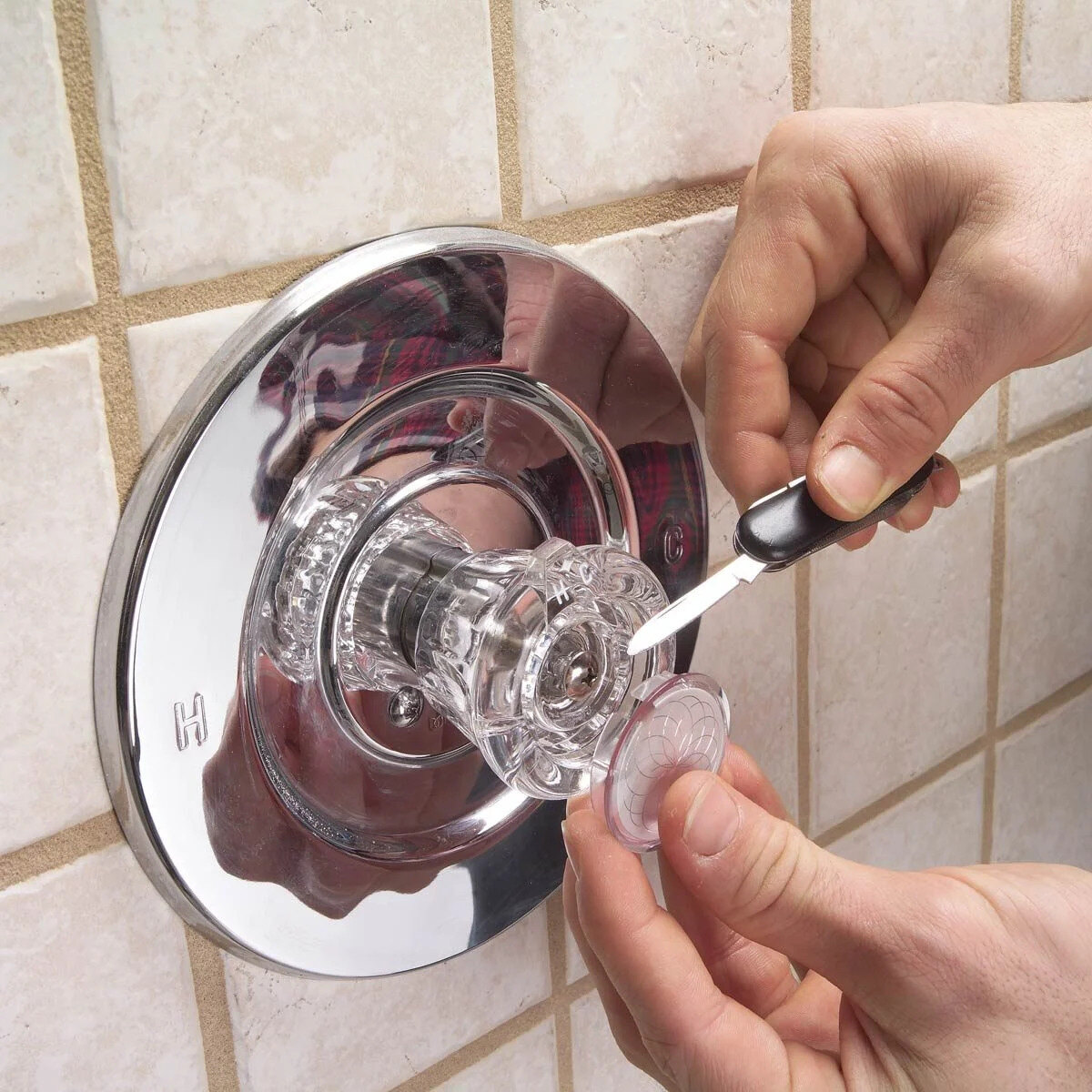
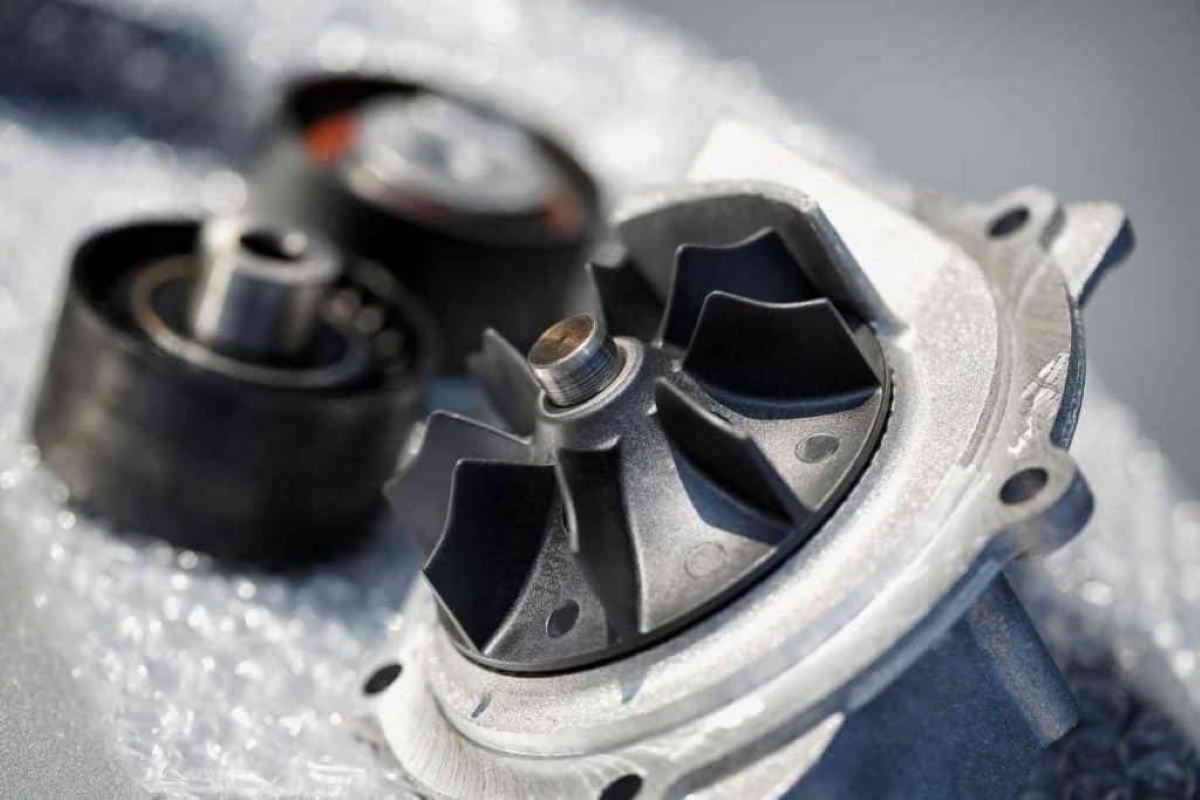

0 thoughts on “Bathroom Exhaust Fan Leaking Water When It Rains”